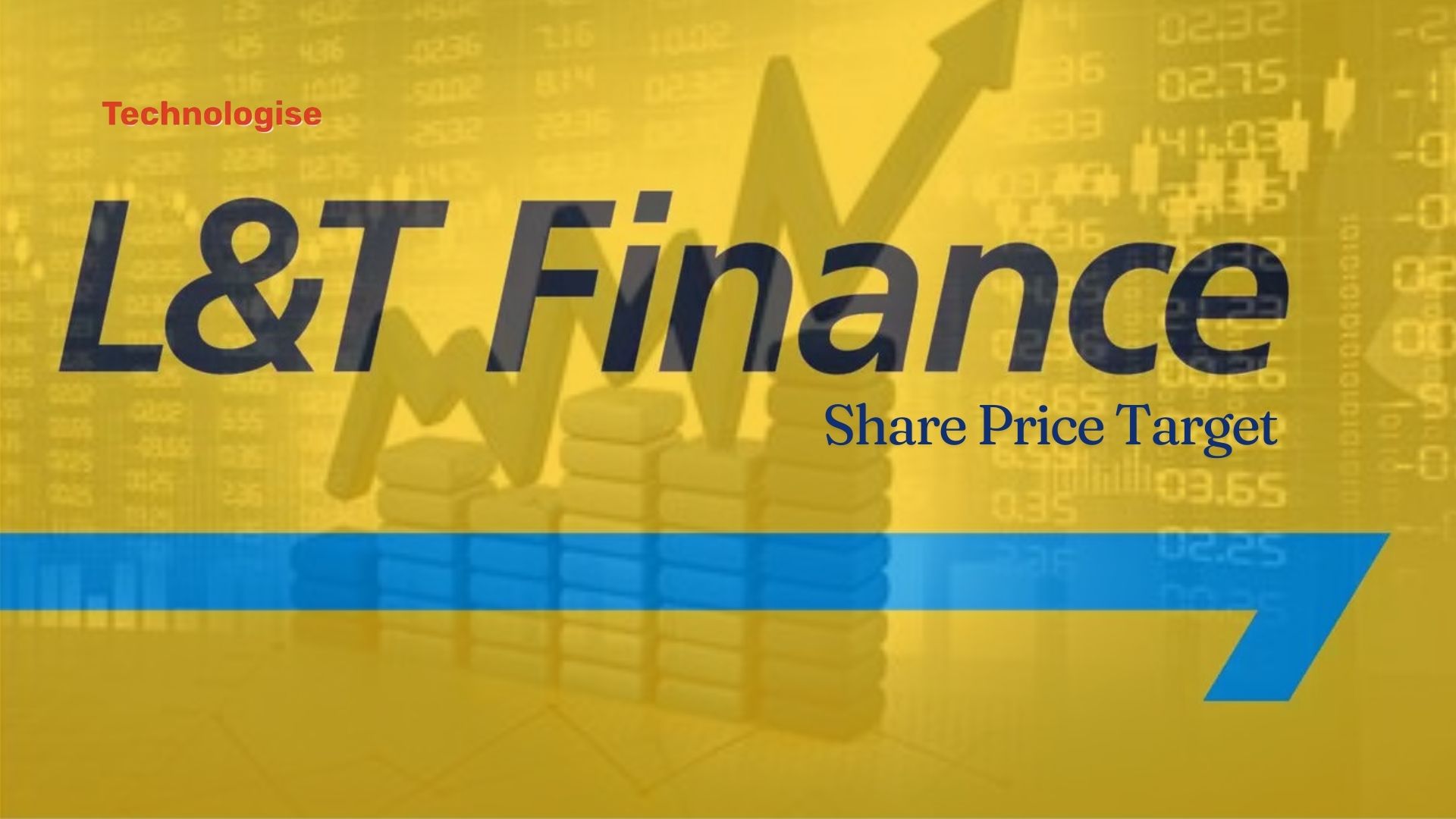l&t Finance Share Price Target: Analysts anticipate the company’s share price could climb to ₹800 or more by mid-2025, reflecting positive expectations for its growth and performance. However, these predictions are speculative and depend on various factors, including market trends, company earnings, and broader economic conditions. Here is a month-wise breakdown of potential share price projections for 2025:
| Month | Share Price (₹) |
| January | 650 |
| February | 675 |
| March | 700 |
| April | 725 |
| May | 750 |
| June | 775 |
| July | 800 |
| August | 825 |
| September | 850 |
| October | 875 |
| November | 900 |
| December | 925 |
These projections suggest steady growth throughout the year, but investors should remember that actual performance may vary due to unpredictable market dynamics. l&t Finance Share Price Target
Conclusion
l&t Finance Share Price Target for 2025 suggests consistent growth, with potential milestones like ₹800 by July and ₹925 by December. However, investors should approach these predictions with caution, combining them with comprehensive research and strategic planning to make informed decisions.
FAQs About l&t Finance Share Price Target
How reliable are these projections for 2025?
These estimates are based on market analysis and trends but should not be considered guarantees. They provide a potential outlook rather than certainty.
What factors could influence whether the share price reaches ₹800 by 2025?
Factors include company revenue growth, profitability, industry competition, regulatory changes, and overall market sentiment.
Should I invest based on these predictions?
While these forecasts are optimistic, always conduct personal research or consult a financial advisor before making investment decisions.
Can the share price surpass ₹925 by December 2025?
Yes, if the company exceeds expectations in financial performance or launches successful new initiatives, the share price could outperform projections.
What risks should I consider before investing?
Potential risks include market volatility, underperformance of the company, global economic downturns, and sector-specific challenges.




